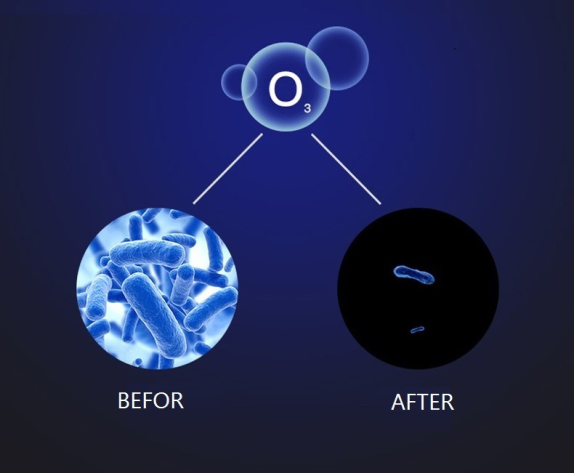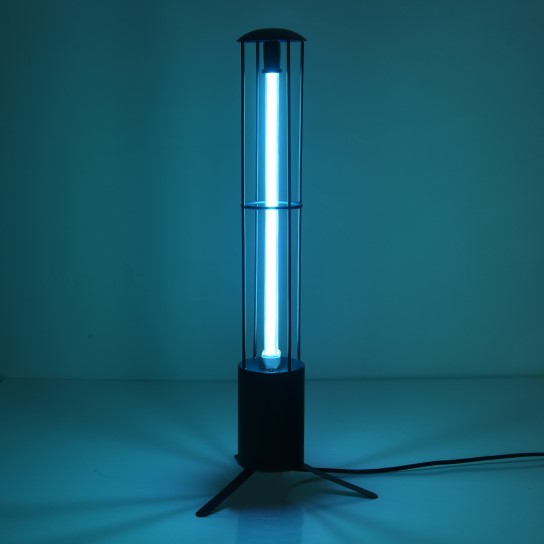Ozone isn’t simply the smell of fresh air — it is the sense of a fresh, clean and healthy environment. From house to business, this is a new way to make sure that your environment is disinfected and sanitary.
Also, in the hour of Covid-19, different illnesses could be not too far off. Bacterial superbugs hiding around the bend. The following infection could be standing ready. This present time is a more significant opportunity than any other time in recent memory to investigate ozone sanitising for your home.
With people coming and going in your house everyday, whether it’s kids, friends or family, it’s difficult to tell where they’ve been and what they could be bringing with them. Making a couple of additional strides could be the contrast among forestalling and multiplying illness transmission.
Let’s break it down a little.
What Is Ozone Disinfection?
As a result of the exceptionally receptive nature of oxygen, ozone is in many cases utilised in cleaning synthetic compounds. Oxides — synthetics containing oxygen — are regularly tracked down in cleaning synthetic substances.
Be that as it may, ozone sanitization is quickly acquiring prominence as a cleaning specialist. A few clinical purposes are still being scrutinized. Ozone in very much ventilated spaces is a crucial wellspring of sanitization. It bonds to and separates infections, microbes, and other harmful microorganisms.

Ozone sanitization is at times utilised in wastewater treatment. The treatment plants infuse a flood of oxygen-bearing gases into the water. They then release 6 to 20 kilovolts, making a fast cleaning impact.
Cleaning with ozone wipes out E. coli, Salmonella, Norovirus, Hep A, and different sicknesses. These could cause far reaching debacles assuming they defiled the water supply.
Lab research backs up the utilisation of ozone sanitization against SARS-CoV-2, or Covid-19. Ozone could be as great a line of safeguard as liquor, blanch, and different sanitizers.
There’s other exploration backing up these cases. A NIH-subsidised investigation discovered that ozone could take out the vast majority of the infection when utilised as a sanitizer. When matched with UVC light, the outcomes are significantly more great.
What might be said about UVC Light As a Disinfectant?
Behind the counter at some big box retail stores, you might see things like wireless disinfectors. These utilise a bright light to go after cell dividers in microorganisms.

Think about it along these lines: the dangers of bright light are the reason you need to wear sunscreen consistently. It can unleash ruin on your skin and even lead to melanoma.
In any case, this equivalent impact makes it a decent (and safe) sanitizer. It works best when matched with different sanitizers.
Why would that be?
As per the Food and Drug Administration, UV light works best on water, air, and non-permeable surfaces.
Its handiness has been exhibited against the SARS Coronavirus, all the more usually known as SARS. Coronavirus is a family member, however research appears to highlight UV light being less successful on this variation.
There are many dangers related with the ill-advised utilisation of UVC light. Contact with skin can harm it. It can corrupt numerous normal materials. Also, an inappropriately arranged bulb can cause mercury pollution.
How Might Ozone Disinfection be Used in a House?
Microorganisms can come in many structures from endless sources. For example, it can ride in on our skin or we can inhale them in. However, we can likewise acquire them as drifters on our garments and shoes.
Sanitising with ozone disposes of microorganisms and infections.
Infections can live on surfaces for different time frames. A letter to the New England Journal of Medicine showed that the Covid-19 infection can live on a couple of surfaces for hours or days all at once, including:
♦ Three hours in the air
♦ Four hours on copper, a metal known for its enemy of microbial properties
♦ 24 hours on cardboard
♦ A few days on hardened steel and plastic
All in all, on normal items, it can keep going quite a while. Bruce Lee, a wellbeing patron at Forbes, proposes that Covid might have a comparative life on garments as it does on cardboard.
This question has ignited a ton of discussion, without an unambiguous response. For example, the surface of the material and its inflexibility might matter. WebMD Health News demonstrates it might live more effectively on hard surfaces than delicate ones. Yet, that is where shoes — which need an unbending design to be successful – come in.
Would it be a good idea for me to Use Ozone Disinfection on Everyday Items?
Given the collection of examination on ozone sanitization and Covid-19, it’s smart to stop the Covid on a surface where it could be spreading as it comes into your vicinity, particularly as the delta and omnicron variation have been known to slope up rather quickly and unexpectedly.
That is the reason things like a ozone disinfector could be the device you want in your home or business. It utilises ozone to eliminate viruses and other pathogens at the source before they have the chance to infect you or your family.
Most consumer ozone disinfectors were tried on an assortment of microorganisms, including anti-infection safe Staphylococcus aureus and Klebsiella pneumonia, food-borne impurities like E. coli, and Clostridium difficile, a destructive microorganism some of the time alluded to as C. diff. In all cases, it disposed of a large portion of the infections and microbes.
This multitude of microorganisms are perilous to people, and having an ozone disinfector in your home is an extraordinary line of safeguard in keeping illnesses from crawling into yours and your families well-being.


